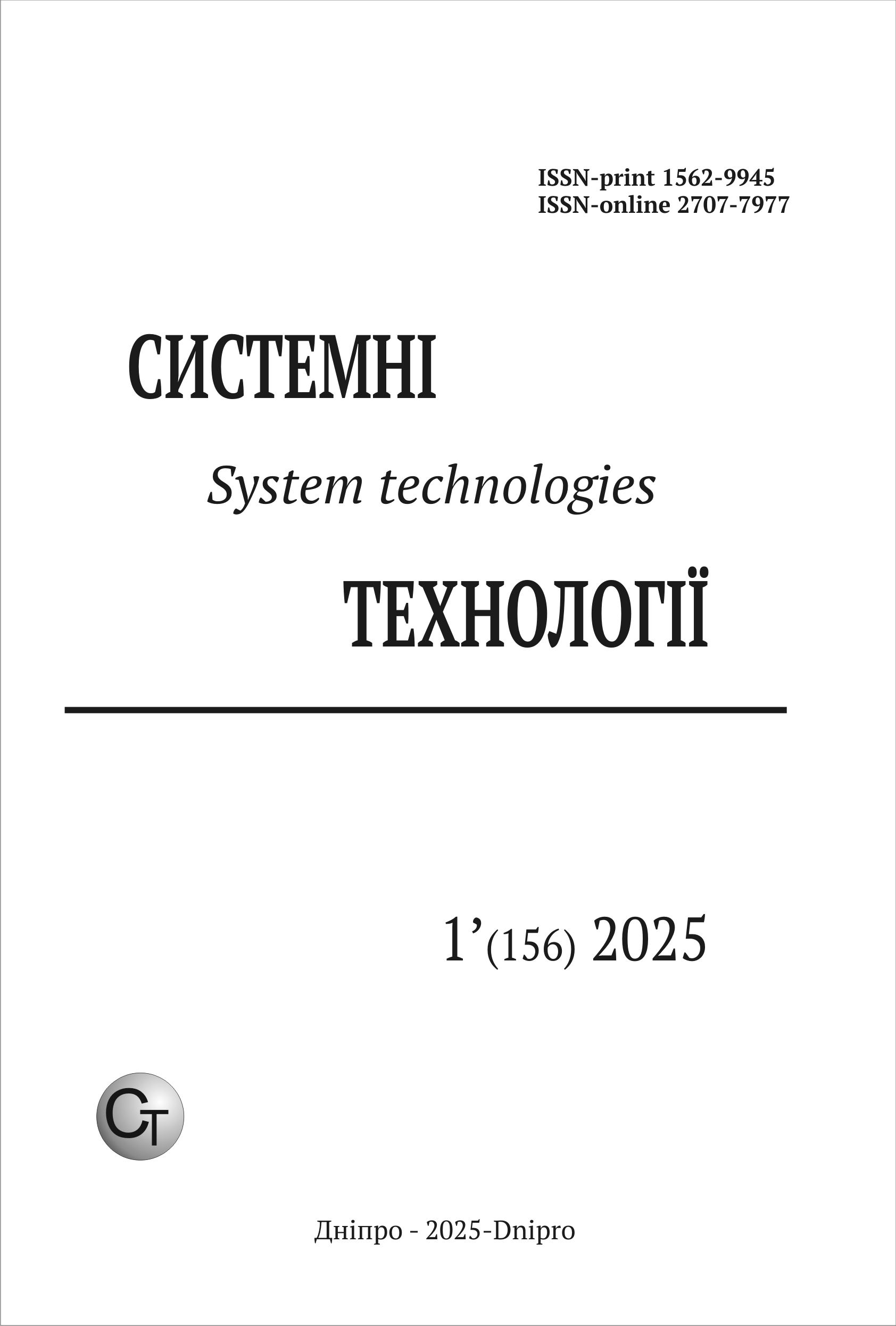Automation of development of Win32 desktop applications: Practical approaches and strategies
DOI:
https://doi.org/10.34185/1562-9945-1-156-2025-02Keywords:
software engineering, development automation, DevOps, Continuous Integration (CI), Continuous Deployment (CD), infrastructure as code, automated testing, Terraform, Ansible, PowerShell DSC, Minio, document storage in the cloud, cloud storage, deployment, Windows, cloud technologies.Abstract
The article presents a comprehensive analysis of modern approaches to automating the development of Win32 desktop applications using DevOps practices. Given the complexity and growing requirements of desktop applications in today's software industry, automation becomes an essential part of the development process. The article examines key phases such as Continuous Integration (CI) and Continuous Deployment (CD), which are vital for stream-lining the development lifecycle by automating builds, tests, and deployments. These practices help developers reduce the time spent on manual operations and mitigate the risk of human errors. The Continuous Integration section explores the benefits of setting up automated pipe-lines that compile and build applications whenever new code is committed. Automated tests are run as part of this process to ensure that changes do not introduce bugs or regressions. Continuous Deployment strategies are discussed in detail, with a focus on conditional de-ployment techniques that allow for gradual rollouts to production environments, ensuring stability and performance. Automated testing plays a central role in maintaining the quality and stability of Win32 desktop applications. This paper highlights different types of testing, including unit tests, functional tests, performance tests, and GUI-based tests. The integration of these tests into CI/CD pipelines enables continuous validation of the application throughout its lifecycle, en-suring that any issues are detected early and resolved promptly. Infrastructure as Code (IaC) is another crucial topic discussed in the article. The con-cept of IaC allows development teams to automate the creation, configuration, and manage-ment of the infrastructure needed for the development and deployment of Win32 applications. The paper provides an overview of popular IaC tools such as Terraform, Ansible, and Power-Shell DSC, detailing how they can be used to standardize and automate the provisioning of environments across development, testing, and production stages. This automation contrib-utes to increased consistency, repeatability, and efficiency in managing infrastructure. In addition to automation in development and deployment, the article addresses the im-portance of cloud-based storage solutions for Win32 applications. Minio, an open-source, S3-compatible object storage system, is examined as a viable option for storing documents and application data in the cloud. The paper discusses Minio's scalability, reliability, and security features, emphasizing its role in providing efficient, secure, and resilient data storage for desktop applications. Overall, the article outlines how the adoption of DevOps practices, such as CI/CD, au-tomated testing, IaC, and cloud storage solutions, can significantly improve the development process of Win32 desktop applications. By reducing manual intervention and providing ro-bust automation, these practices help teams increase their productivity, ensure higher soft-ware quality, and accelerate time-to-market. This article is targeted at software developers, DevOps engineers, and technical profes-sionals interested in improving their knowledge of automation strategies and applying them to desktop application development. The provided insights and tools offer practical guidance for leveraging DevOps methodologies to streamline workflows and enhance the efficiency of Win32 application development.
References
Voggenreiter, M., Angermeir, F., Moyón, F., Schöpp, U., & Bonvin, P. Automated Security Findings Management: A Case Study in Industrial DevOps. arXiv preprint , 2024. [Електро-нний ресурс] — режим доступу до ресурсу: http://arxiv.org/abs/2401.06602v1.
Duque Anton, S., Fraunholz, D., Krohmer, D., et al. Creating it from SCRATCh: A Practi-cal Approach for Enhancing the Security of IoT-Systems in a DevOps-enabled Software De-velopment Environment. arXiv preprint, 2020. [Електронний ресурс] — режим доступу до ресурсу: http://arxiv.org/abs/2010.14865v1.
Alenezi, M., Zarour, M., & Akour, M. Can Artificial Intelligence Transform DevOps? arXiv preprint 2022. [Електронний ресурс] — режим доступу до ресурсу: http://arxiv.org/abs/2206.00225v1.
Luz, W. P., Pinto, G., & Bonifácio, R. Building a Collaborative Culture: A Grounded The-ory of Well Succeeded DevOps Adoption in Practice. arXiv preprint, 2018. [Електронний ресурс] — режим доступу до ресурсу: http://arxiv.org/abs/1809.05415v1.
Chris Sells "Windows Forms Programming in C# (Microsoft .NET Development Series)" " Addison-Wesley Professional, 2004.
Paul M. Duvall, Steve Matyas, Andrew Glover. "Continuous Integration: Improving Soft-ware Quality and Reducing Risk." Addison-Wesley Professional, 2007.
Jez Humble, David Farley. "Continuous Delivery: Reliable Software Releases through Build, Test, and Deployment Automation." Addison-Wesley Professional, 2010.
Mark Fewster, Dorothy Graham. "Software Test Automation." Addison-Wesley, 1999.
Kief Morris. "Infrastructure as Code: Managing Servers in the Cloud." O'Reilly Media, 2016.
Yevgeniy Brikman. "Terraform: Up & Running: Writing Infrastructure as Code." O'Reilly Media, 2019.
Lorin Hochstein, Rene Moser. "Ansible: Up and Running: Automating Configuration Management and Deployment the Easy Way." O'Reilly Media, 2017.
Ed Wilson. "Windows PowerShell Desired State Configuration Revealed." Apress, 2014.
MinIO Documentation [Електронний ресурс] — режим доступу до ресурсу: https://min.io/docs/minio/linux/index.html
Downloads
Published
Issue
Section
License
Copyright (c) 2025 System technologies

This work is licensed under a Creative Commons Attribution 4.0 International License.















